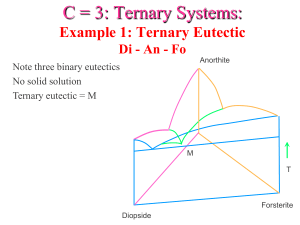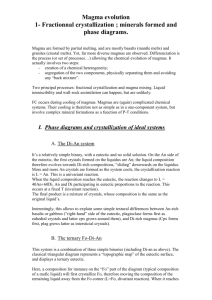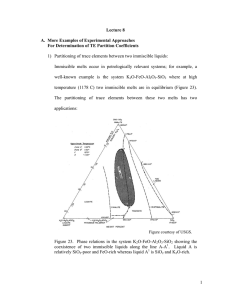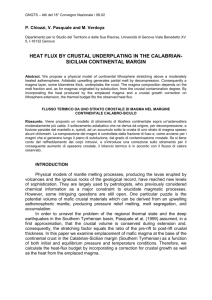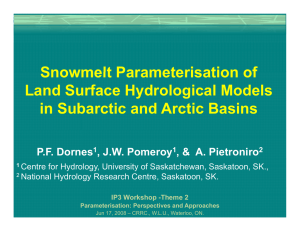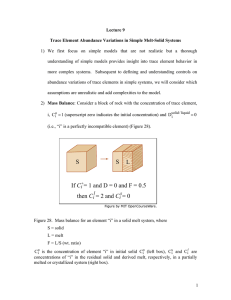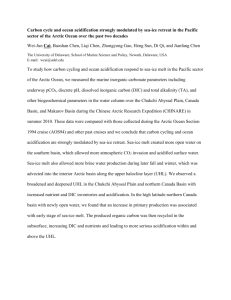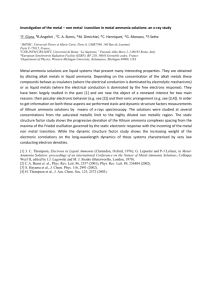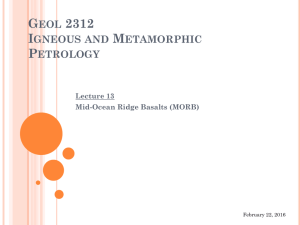VI- Carbonatites and their associated ore deposits
advertisement
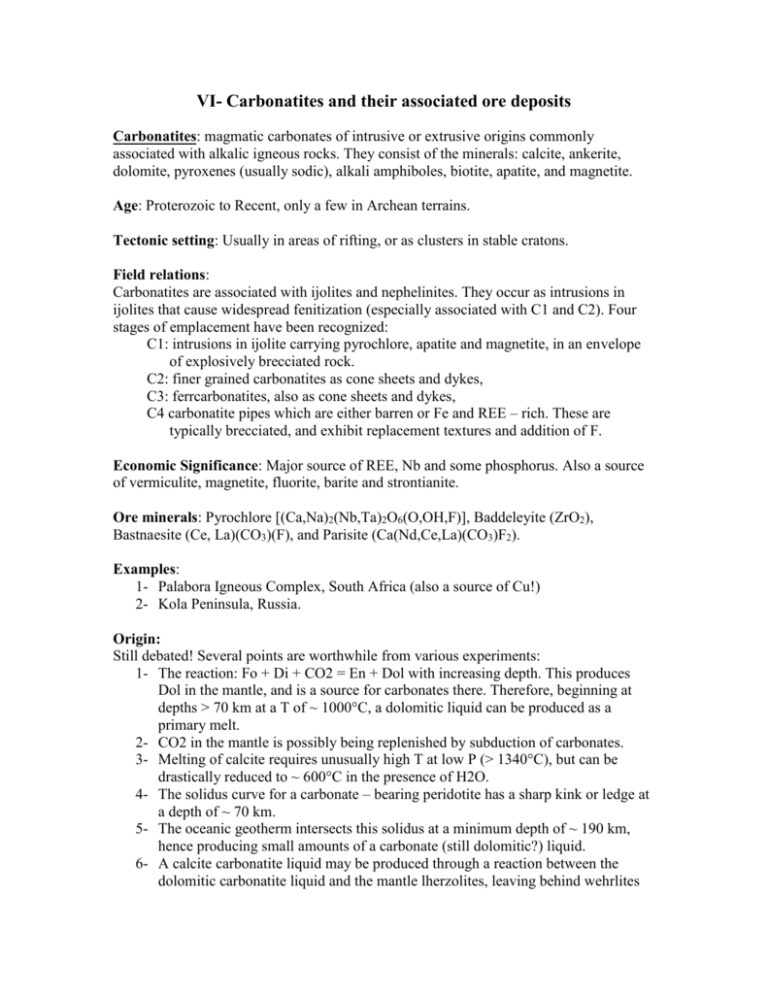
VI- Carbonatites and their associated ore deposits Carbonatites: magmatic carbonates of intrusive or extrusive origins commonly associated with alkalic igneous rocks. They consist of the minerals: calcite, ankerite, dolomite, pyroxenes (usually sodic), alkali amphiboles, biotite, apatite, and magnetite. Age: Proterozoic to Recent, only a few in Archean terrains. Tectonic setting: Usually in areas of rifting, or as clusters in stable cratons. Field relations: Carbonatites are associated with ijolites and nephelinites. They occur as intrusions in ijolites that cause widespread fenitization (especially associated with C1 and C2). Four stages of emplacement have been recognized: C1: intrusions in ijolite carrying pyrochlore, apatite and magnetite, in an envelope of explosively brecciated rock. C2: finer grained carbonatites as cone sheets and dykes, C3: ferrcarbonatites, also as cone sheets and dykes, C4 carbonatite pipes which are either barren or Fe and REE – rich. These are typically brecciated, and exhibit replacement textures and addition of F. Economic Significance: Major source of REE, Nb and some phosphorus. Also a source of vermiculite, magnetite, fluorite, barite and strontianite. Ore minerals: Pyrochlore [(Ca,Na)2(Nb,Ta)2O6(O,OH,F)], Baddeleyite (ZrO2), Bastnaesite (Ce, La)(CO3)(F), and Parisite (Ca(Nd,Ce,La)(CO3)F2). Examples: 1- Palabora Igneous Complex, South Africa (also a source of Cu!) 2- Kola Peninsula, Russia. Origin: Still debated! Several points are worthwhile from various experiments: 1- The reaction: Fo + Di + CO2 = En + Dol with increasing depth. This produces Dol in the mantle, and is a source for carbonates there. Therefore, beginning at depths > 70 km at a T of ~ 1000°C, a dolomitic liquid can be produced as a primary melt. 2- CO2 in the mantle is possibly being replenished by subduction of carbonates. 3- Melting of calcite requires unusually high T at low P (> 1340°C), but can be drastically reduced to ~ 600°C in the presence of H2O. 4- The solidus curve for a carbonate – bearing peridotite has a sharp kink or ledge at a depth of ~ 70 km. 5- The oceanic geotherm intersects this solidus at a minimum depth of ~ 190 km, hence producing small amounts of a carbonate (still dolomitic?) liquid. 6- A calcite carbonatite liquid may be produced through a reaction between the dolomitic carbonatite liquid and the mantle lherzolites, leaving behind wehrlites through a reaction similar to: Dol + Opx = Cpx + Ol + 2 CO2. These wehrlites can then act as pipes or conduits for the carbonatite liquid to pass through on their way to shallower depths. 7- The carbonate liquid is characterized by a very low viscosity and very low surface tension, that it could be mobilized even if the degree of partial melting is as low as 0.01%! 8- In the system Na2O – CaO – SiO2 + Al2O3 – CO2, a silicate melt is immiscible with a Na carbonate melt, so much so that three phases exist at one time: a silicate melt, a Na-carbonate melt (with some CaCO3), and an alkali – rich volatile fluid. Models: All models invoke the production of a carbonate melt by very small degrees of partial melting in the mantle at rather great depths (200 – 300 km). Differing hypotheses include: 1- Carbonatites as products of crystallization from a primary carbonate melt. Problems include the dolomitic nature of the melt vs. the calcitic nature of the carbonatites; carbonatite magma rising adiabatically will solidify at depth prior to reaching the surface, association with alkalic rocks and widespread fenitization. 2- Fractional crystallization of an alkalic magma (produced by slightly larger degrees of partial melting in the mantle). Problem: does not explain why they are enriched in REE, Zr, … etc. 3- Products of liquid immiscibility: Main problem is that it requires the presence of a significant amount of Na2CO3 (at least 5% and up to 20%). 4- The Wyllie et al. (1990) model.
